The Big Pivot: How Wharton Equity Made the Switch to Industrial
President Peter Lewis on the company’s strategy and what’s ahead for the sector.

Peter Lewis, Chairman & President, Wharton Equity Partners. Image courtesy of Wharton Equity Partners
Since its inception in 1987, Wharton Equity Partners and its affiliates have been involved in more than $2 billion worth of transactions. The company has built up a reservoir of experience across various business cycles, strategies and property types, including for-sale residential developments, self storage, multifamily and, most recently, industrial.
Peter Lewis, chairman & president of Wharton Equity Partners, talks about the company’s transition into the last-mile distribution sector, the opportunities and challenges posed by the current market conditions, as well as the ways technology will be able to further transform the sector.
What motivated your decision to diversify your investment strategy and focus on industrial assets?
Lewis: Wharton has always prided itself on the ability to look at the broader themes in the market and identify rising opportunities. So, in 2017, we could clearly see that the power and influence of e-commerce was growing, and from our vantage point, we recognized its potential to cause massive changes in the industrial sector. Acknowledging this as a critical opportunity, we utilized our 30 years of experience to quickly pivot into the asset class, which has been enormously successful for the firm.
READ ALSO: Industrial Sales to Surpass 2019 Record
The pandemic has accelerated demand for industrial product. Did your capital allocation for this type of project increase as a result and by how much?
Lewis: When we made the decision to begin investing in industrial, we viewed it as a major transition, putting nearly all of our resources at that time into the sector. We sold all of our multifamily assets—which totaled nearly $500 million at the time—in order to gather the capital to successfully make the shift. Currently, Wharton has completed more than $400 million of transactions in the space and it continues to be our main focus.
How much of the increased demand comes from last-mile logistics and how much from more local companies that cater to the construction and home renovation industry or health care?
Lewis: The evolution of industrial has bifurcated the market between traditional, localized manufacturers that have traditionally filled many warehouses across the country, and the expansive network of last-mile distribution centers that are essential to large e-commerce suppliers. As these e-commerce firms have continued to grow exponentially, their need for real estate has resulted in an extreme shortage of supply in the industrial market. This is not to discredit the role of traditional industrial manufacturers, who still operate a large proportion of the industrial real estate across the country.
However, the dwindling amount of real estate that is suitable for the increasingly complex demands of today’s distribution giants, such as Amazon, has created a perfect storm of rising rents born from limited supply and burgeoning demand. Across the board, we can see that industrial rents are rising and vacancies are declining as a product of this phenomenon.
How do you compare the future prospects for industrial versus other asset types?
Lewis: Industrial is in a completely unique position in commercial real estate and is currently poised to outperform any of the other traditional asset classes by a wide margin. The reasoning hearkens back to its vast potential for rent growth. The lack of supply to meet the growing demand of e-commerce tenants, who have occupied much of the excess industrial real estate that exists, has created a situation where tenants have to pay increasingly high rents for space that fits their needs. The rents for warehousing space have already increased astronomically, upwards of 30 percent in some cases.
SoPhi Logistics Center in South Philly is one of your most recent projects. Tell us what was most challenging about this development and what worked well.
Lewis: When we first began looking at developing SoPhi Logistics center, we had a number of distinct challenges to overcome. Chief among these was the fact that we had no real point of reference for the project in terms of rent and tenant type, as nothing had ever been done like this in the City of Philadelphia. In addition to this, the previous site was in a state of total disrepair.
Despite these challenges, the value in the location was clear. It was really the perfect site for a warehouse/distribution center. The location on the periphery of Philadelphia’s city limits with easy access to major transit routes into and out of the city, proximity to the airport and seaport were perfect for the large e-commerce companies we were targeting as tenants. Most important was the access to a population of more than 4 million people within a half hour’s drive.
Likewise, we could see that there was an unparalleled amount of parking, which we further expanded through construction and partnership with the city. Eventually, when the property was completed, it was leased in its entirety to Amazon.
READ ALSO: Is There a CRE Labor Crisis? Insights From the CPE 100
What type of technology and tools are becoming critical to the performance of industrial assets, and what might be next in robotics?
Lewis: The technologies that will drive the future of automation generally fall under two major umbrella categories—automation and robotics. The developments that are beginning to unfold in these two areas have the potential to vastly change warehouses and the broader supply chain in a myriad of ways.
Beginning with automation, new advances in artificial intelligence will create a far more efficient model for warehouse operation and product distribution. We are rapidly approaching a point where both internal and external logistics will be handled overwhelmingly by automated processes. Use of artificial intelligence for inventory control systems to manage assets within warehouses will become exceedingly popular, since they will be able to map out the most efficient routes for products as they move throughout the building.
Likewise, as driverless vehicles become more widely adopted, we will begin to see automated routes for driverless vehicles determined by artificial intelligence—whether it be a driverless truck distributing an Amazon package at someone’s home, or an automated forklift managing storage within a warehouse.
Robotics will also play an important role in the future of industrial. It’s not hard to imagine a future where supply chains are entirely automated and managed without a single set of human hands touching a product. As robotics technologies become more precise, they will be implemented to replace much of the menial labor that occurs in warehouse settings. These technologies have prospective uses in packaging, sorting and loading parcels for distribution. The value proposition of this type of efficient, self-managed machinery becomes more enticing as labor rates and inflation drive costs up for industrial employers.
What’s your outlook for the industrial market, and particularly for the warehouse and distribution space? What regions offer the best opportunities?
Lewis: The overall outlook for industrial properties is extremely promising, but the same paradigms which are shifting the internal labor and planning mechanics of industrial properties, so too will they change the dynamic of which markets are valued. As things stand right now, the most valuable markets are generally in states along the coasts. This is due to the high overall population and density of coastal cities and their surrounding areas, which provide an excellent space for industrial investment.
However, we are already seeing new markets become more prominent. Cities that are more inland, like Nashville, Tenn., Phoenix and Denver, are also growing markets for industrial, largely due to their growing populations. Conversely, we can see that the Northeast, while lacking the type of population growth that is observable in other regions, remains extremely relevant for the sector because there is unbelievable demand due to higher incomes.
With the onset of automation and artificial intelligence, we will see an enormous shift in appetite for industrial products in different geographies that are currently less viable. The largest industrial players already recognize this, as Amazon has stated it will eventually have same-day shipping anywhere in the country. This would be an enormous effort as things stand, but as driverless vehicles and closed-circuit, fully automated warehouses become a reality, it will open the door for warehouses to be developed in rural and isolated locations. The distances these vehicles will likely be able to travel if there is significant charging or refueling infrastructure will completely change the location element of the most profitable industrial ventures.

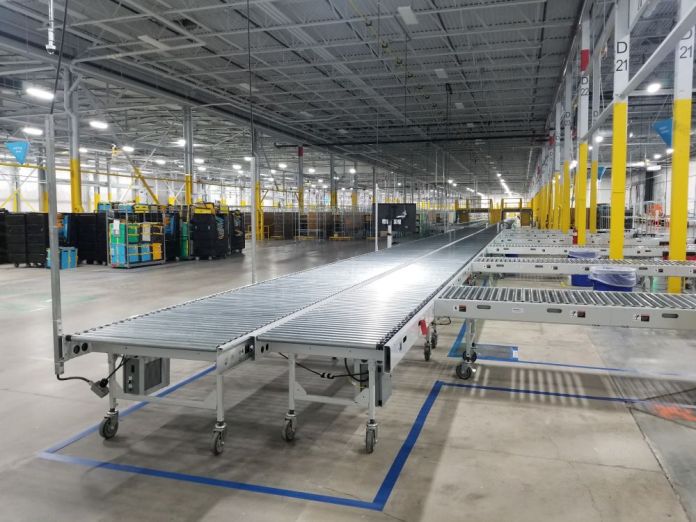
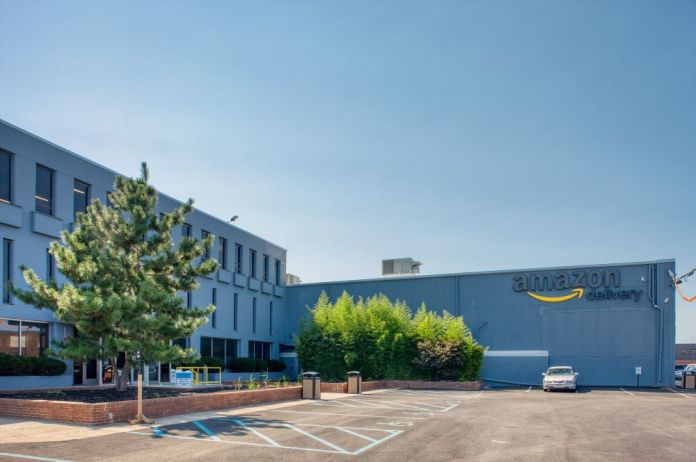

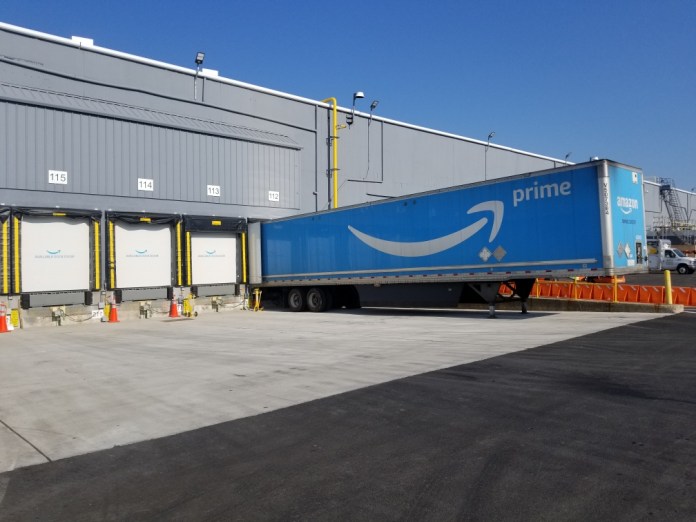
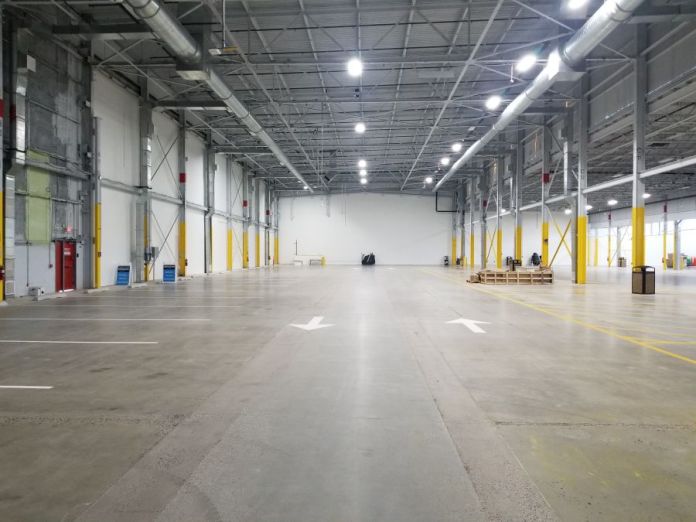
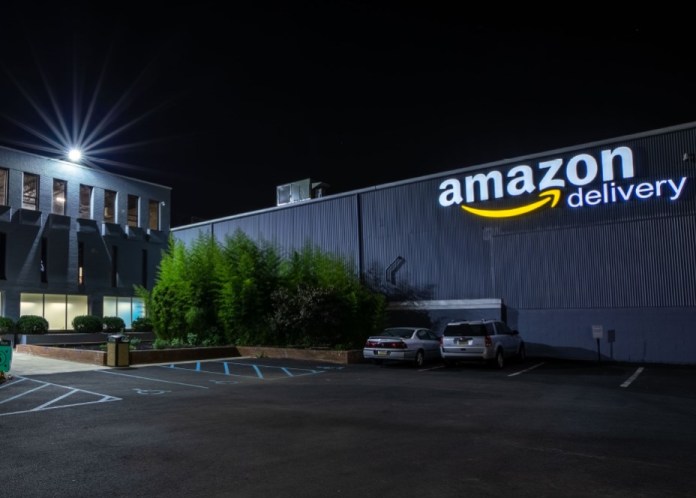
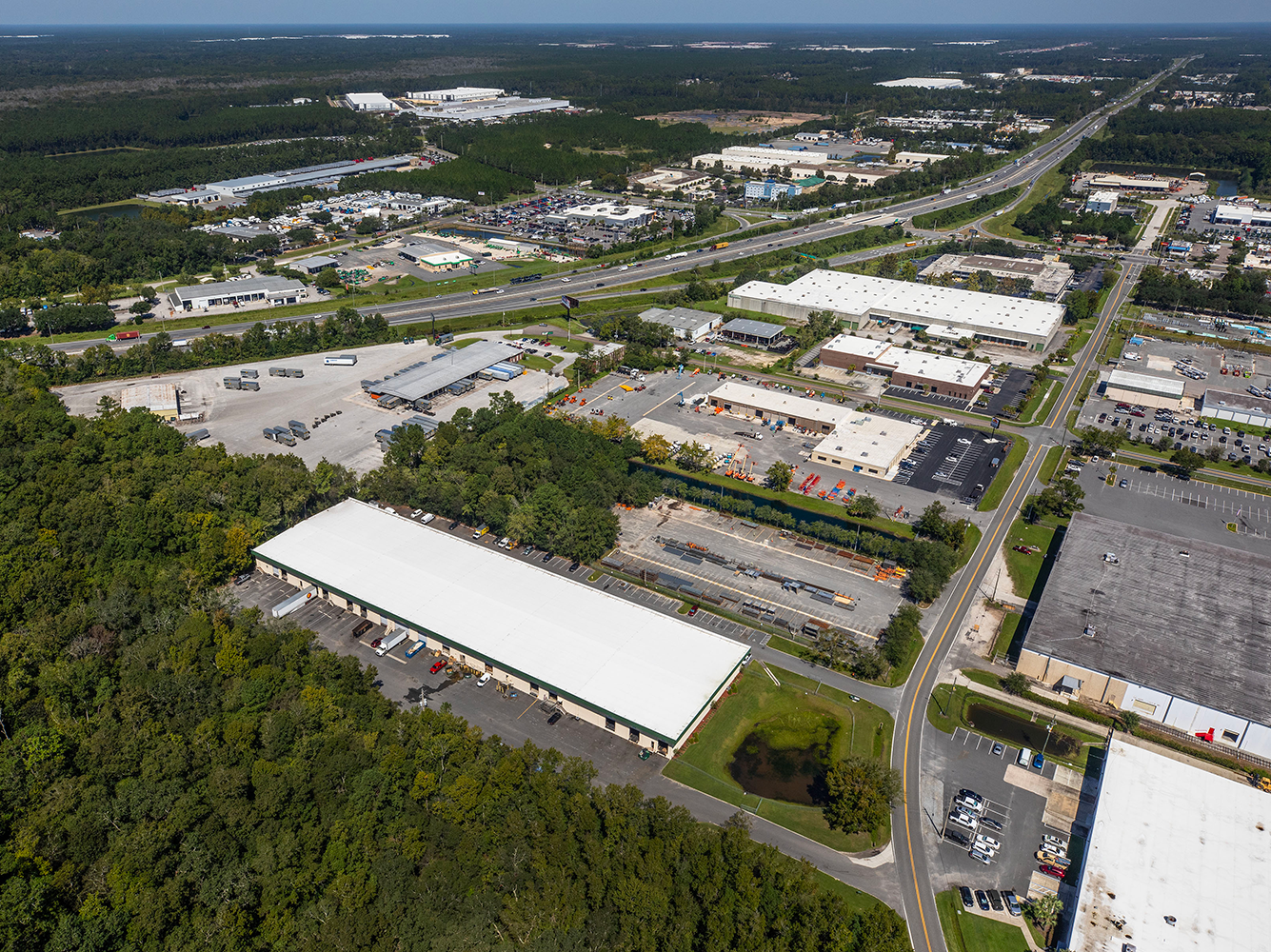

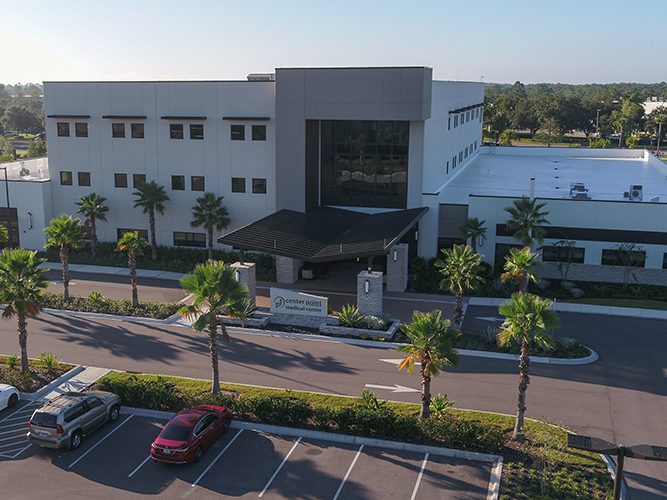
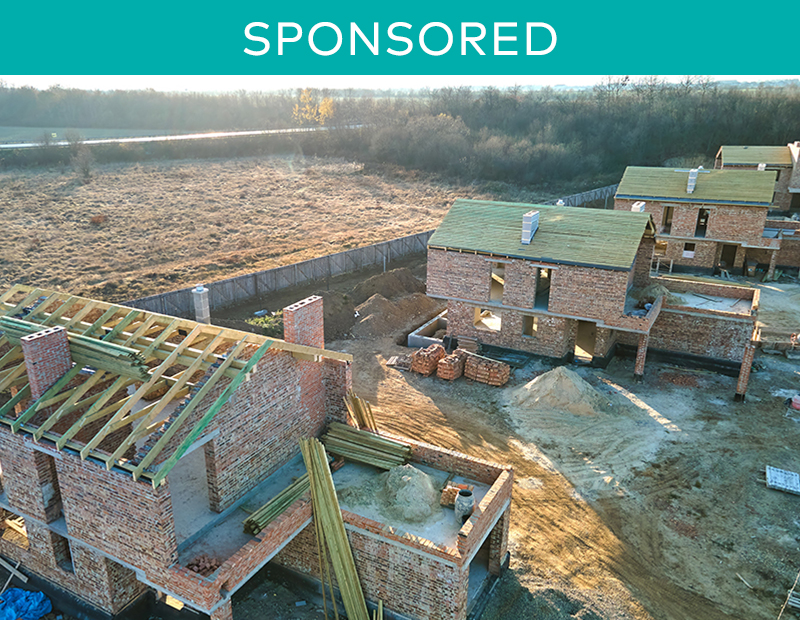

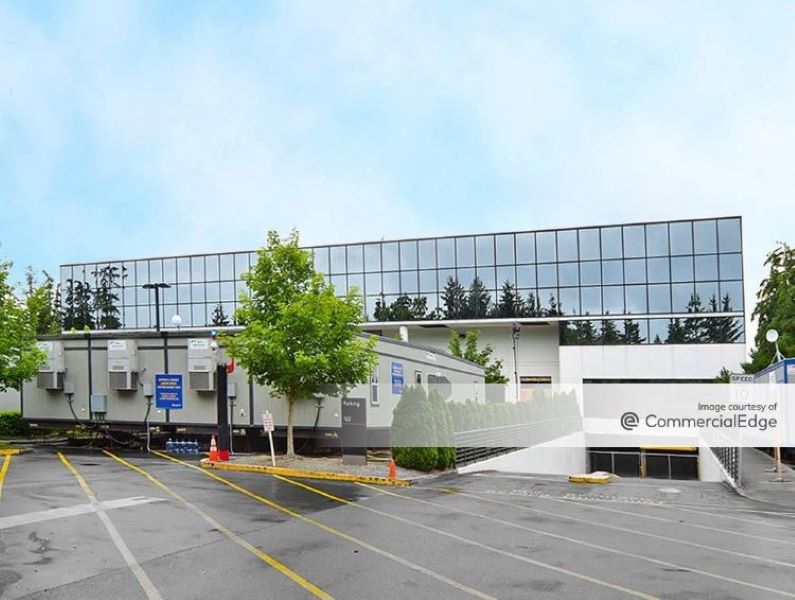
You must be logged in to post a comment.